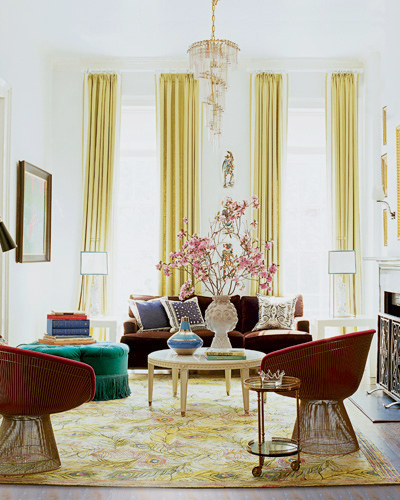
Hello again, Erika from Small Shop bringing you a third installment of Design Under the Influence! Today I'd like to talk about the famous Platner Collection, and some of the influences behind the design. We've all seen these iconic pieces, and have subsequently drooled over them. But you may be surprised to know that a big inspiration for this particular line was based in the Louis XV period (and if you've been following along with this series, you know some of what that could mean, right?)
Platner was trained as an architect, and worked during a time of Modernist leanings grown out of the Bauhaus period: simplified forms, sleek materials, little or no ornamentation for the sake of ornamentation, function over form. Having worked under both Eero Saarinen and I.M. Pei, Platner understood well the importance of clean lines and contemporary production methods. But in his own words, he "felt there was room for the kind of decorative, gentle, graceful design that appeared in a period style like Louis XV.” Rather than simply applying ornamentation to achieve this, he sought instead to “make the structure so the ornamental details are built into it as functional elements.”
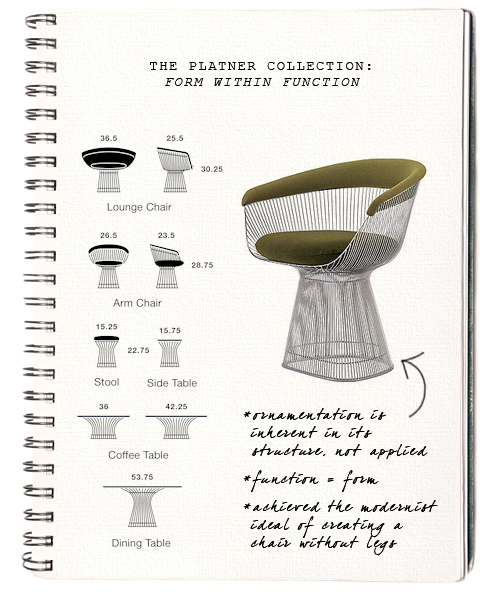
Platner went on to start his own firm in 1965, launch his steel wire frame collection in 1966, design Kansas City's American Restaurant in 1974 and Windows on the World in 1976, and enjoyed a long and prolific career until he passed away just recently, in 2006.
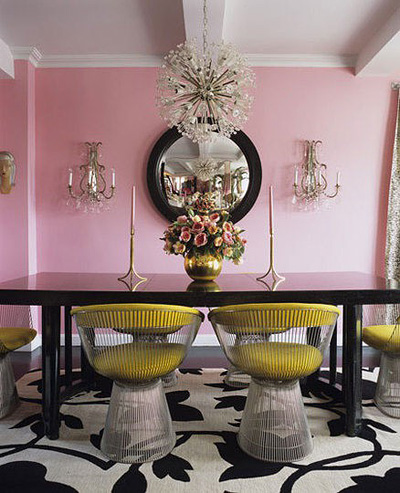
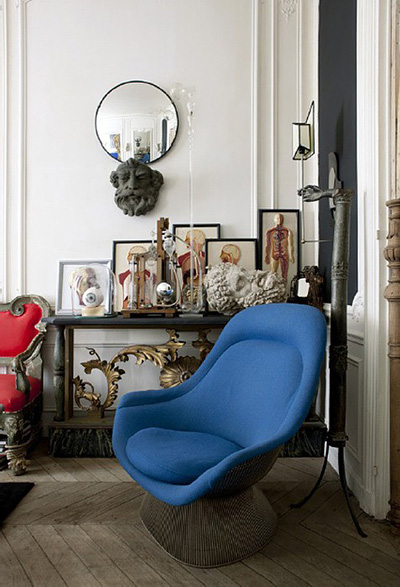
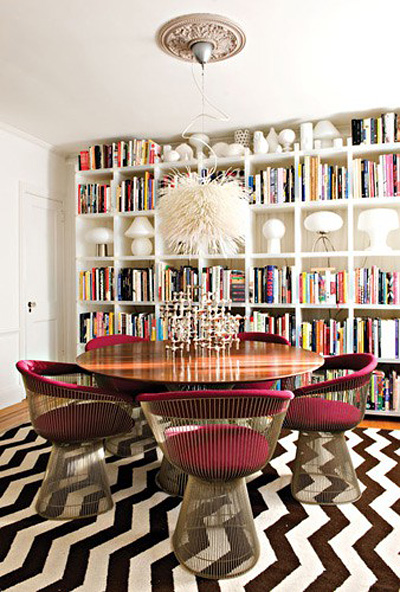

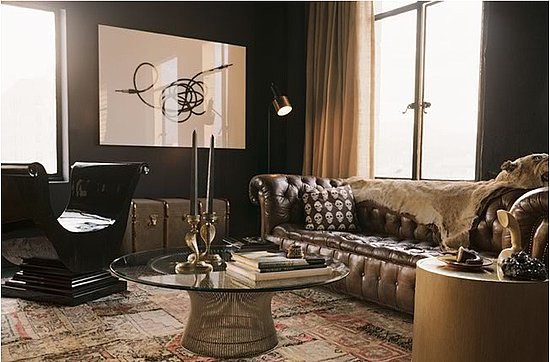

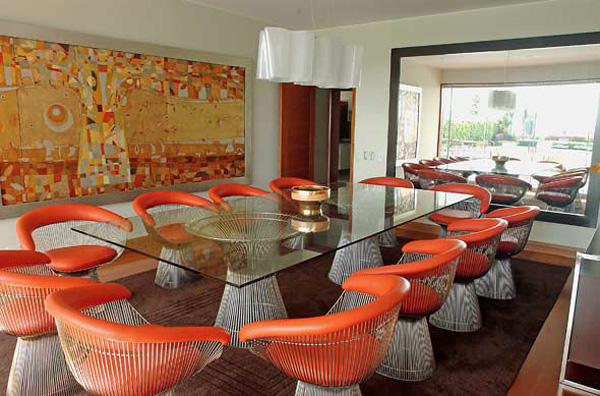
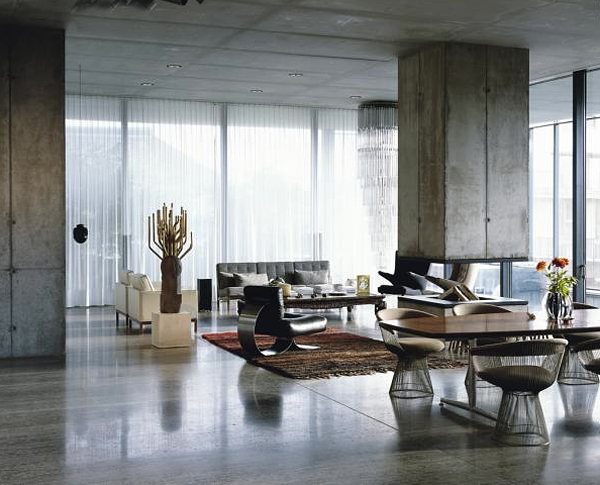
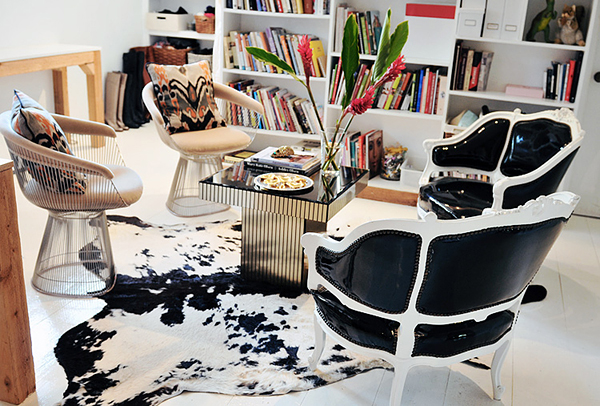

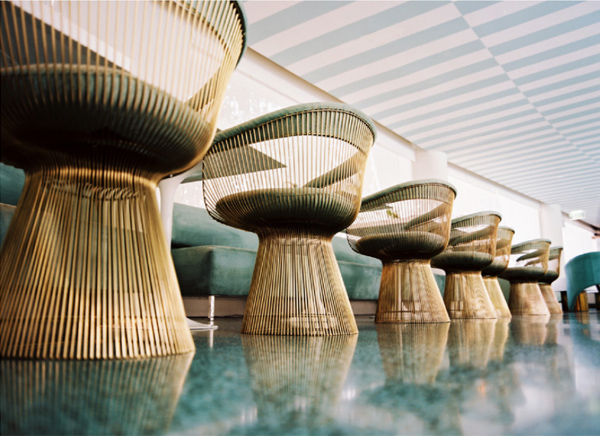
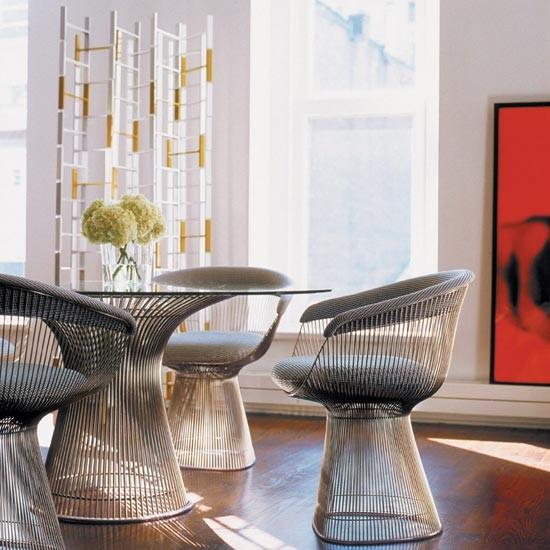

0 comments:
Post a Comment